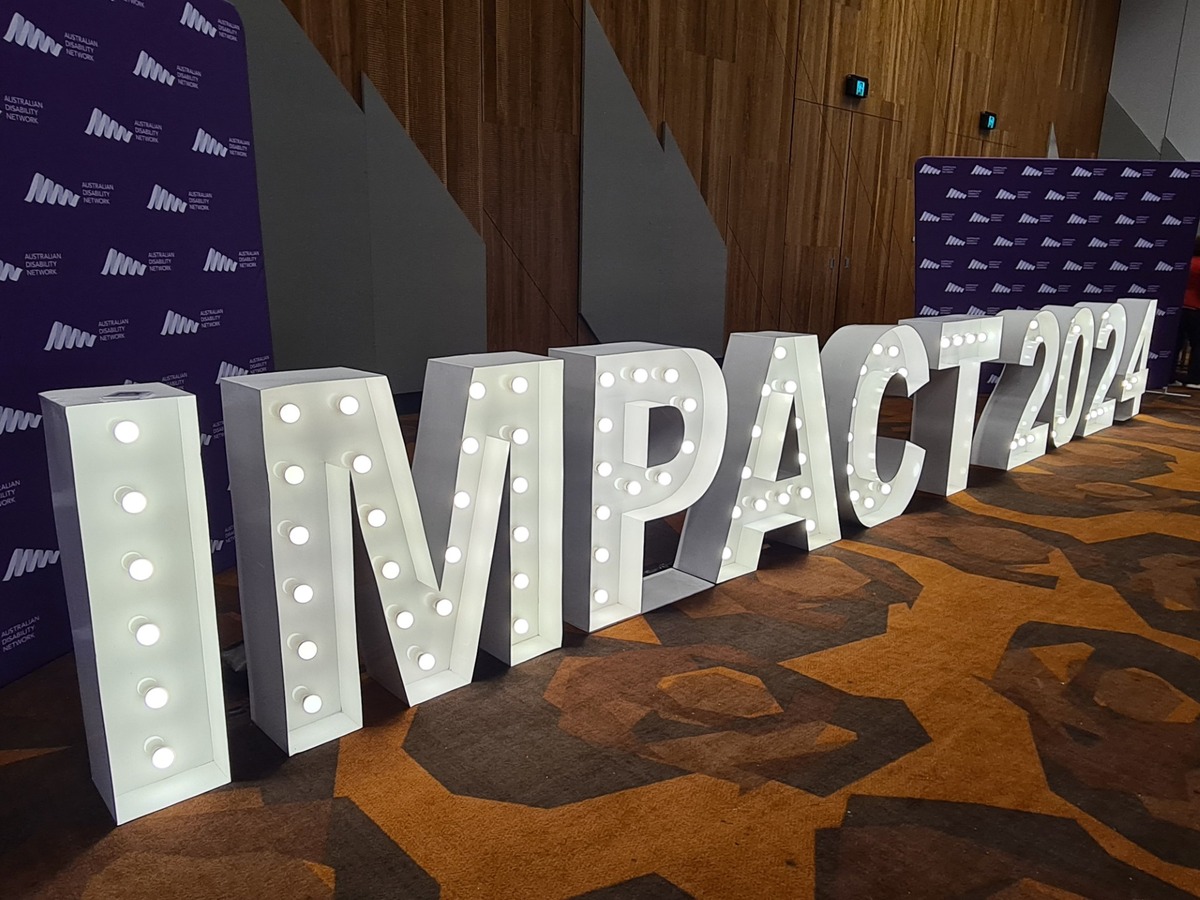The rapid rise of artificial intelligence (AI) might have some industries quaking, but it could be a good thing for people with disability.
Attendees of the Australian Disability Network IMPACT Conference 2024, held in Melbourne on May 9, heard that new forms of technology, or even the use of already-existing tools and software, could improve accessibility for users with disability.
Jenny Lay-Flurrie, chief accessibility officer at Microsoft, who identifies as deaf and with a disability, shared personal anecdotes of her journey through the world of accessibility and why digital accessibility must be “attacked”.
She said AI should be built on accessibility, including a foundation of representative data that would allow it to provide better outcomes for users with disability. The pace of development of AI tools had accelerated in recent years, with much of that acceleration providing a benefit to people with disability. For example, greater accuracy in transcribing means better captions for people with disability.
“And these benefits are good for the productivity of all users, not just those who have a disability,” she said.
But Lay-Flurrie said that strong policies would be critical to ensuring AI remains “responsible and accessible”.
Earlier, former UN Secretary-General special envoy on disability and accessibility, Professor María Soledad Cisternas Reyes, told attendees that new software that could detect the head or eye movement of those who are unable to speak could allow them to access things like computers. Other tools, like high contract options on computer screens, or providing users more time to enter passwords or survey answers, could also increase accessibility, she said.

